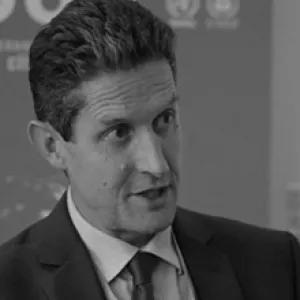The UK government has given the go-ahead to carbon dioxide capture and storage (CCS) schemes worth £22 billion (US$28.6 billion). Critics are insisting that this technology – which involves capturing carbon as it is emitted or taking it back out of the atmosphere, then pumping it into rocks deep underground – is unsafe, unproven and unaffordable. Defenders are responding with painstaking rebuttals.
Could the whole debate be missing the point? Writing in The Conversation, Prof Myles Allen, Climate Programme Lead at the Environmental Change Institute and Professor of Geosystem Science, and Director of Oxford Net Zero, at the University of Oxford, explains why he thinks it is better to focus on the big picture..
"Why we need CCS to work – rather than playing whack-a-mole with every objection to individual projects.” Prof Myles Allen
The case for CCS boils down to waste disposal: we are going to make too much carbon dioxide (CO₂), so we need to start getting rid of it.
By burning fossil fuels and producing cement alone, we will generate more CO₂ than we can afford to dump into the atmosphere to have any chance of limiting global warming to close to 1.5°C – even after accounting for the capacity of the biosphere and oceans to mop it up.
So, we need to start disposing of that CO₂, safely and permanently, on a scale of billions of tonnes a year by mid-century. And the only proven way of doing this right now is to re-inject it back underground, through CCS.
Read the article in full: Getting carbon capture right will be hard – but that doesn’t make it optional

